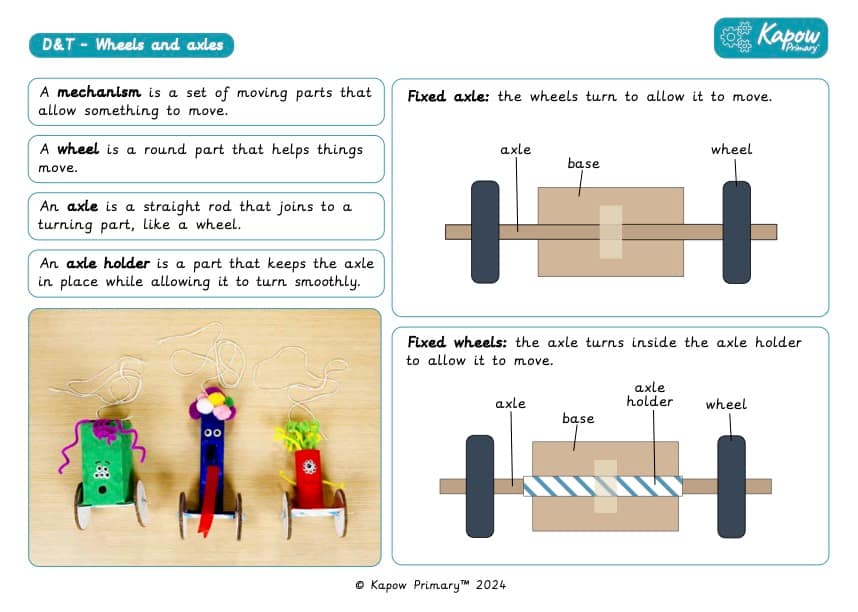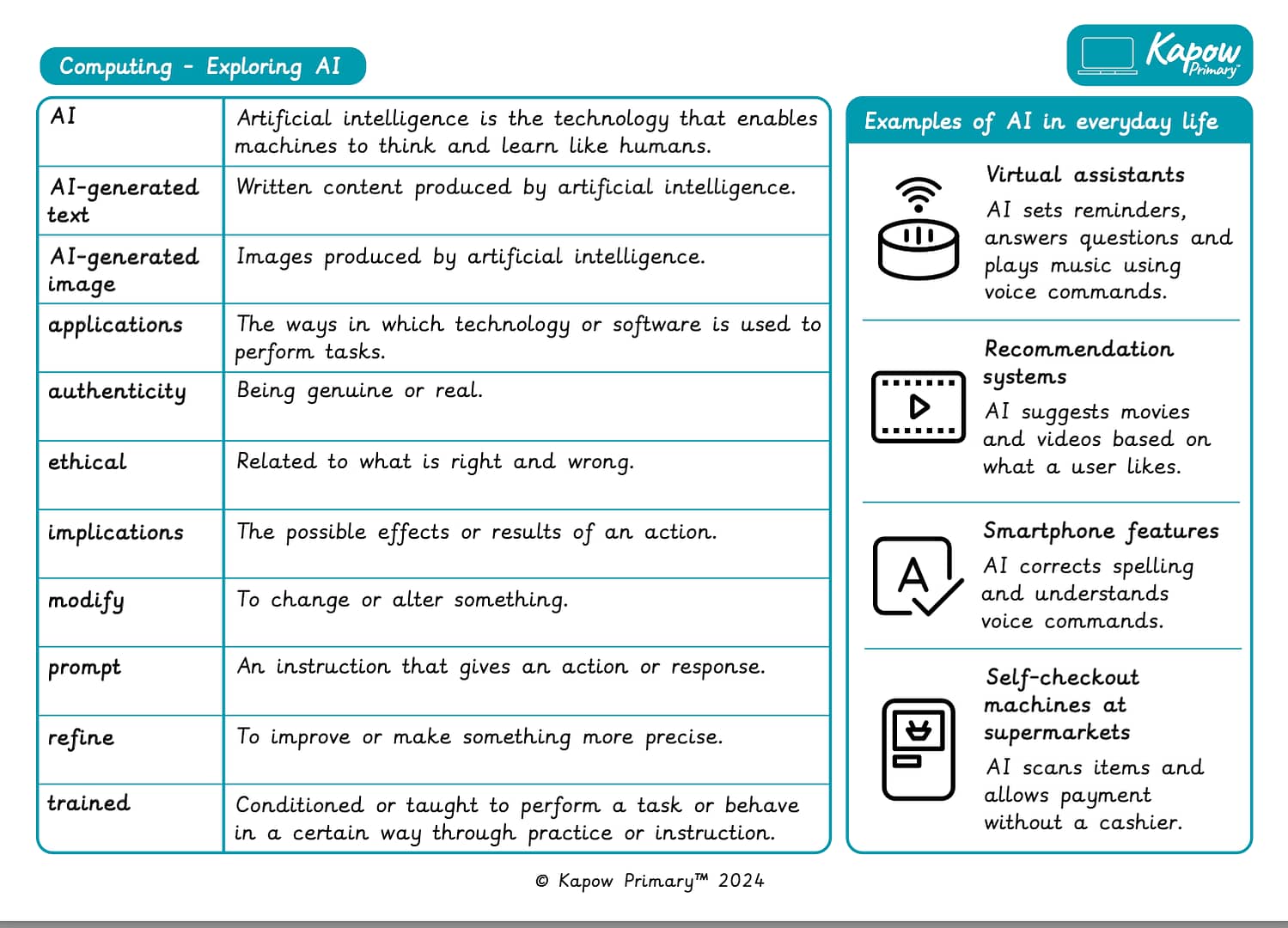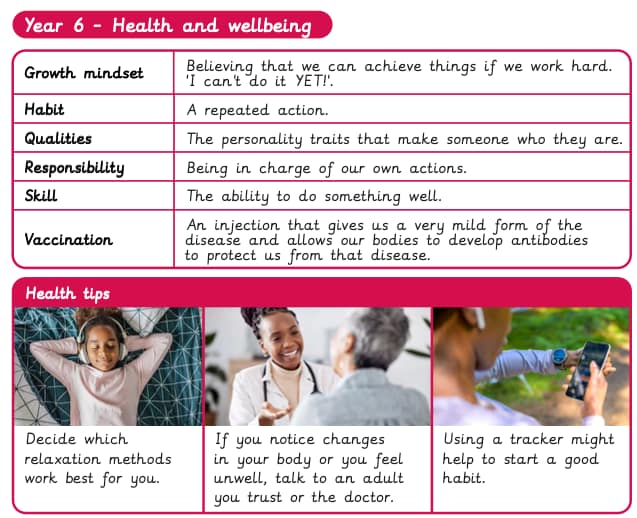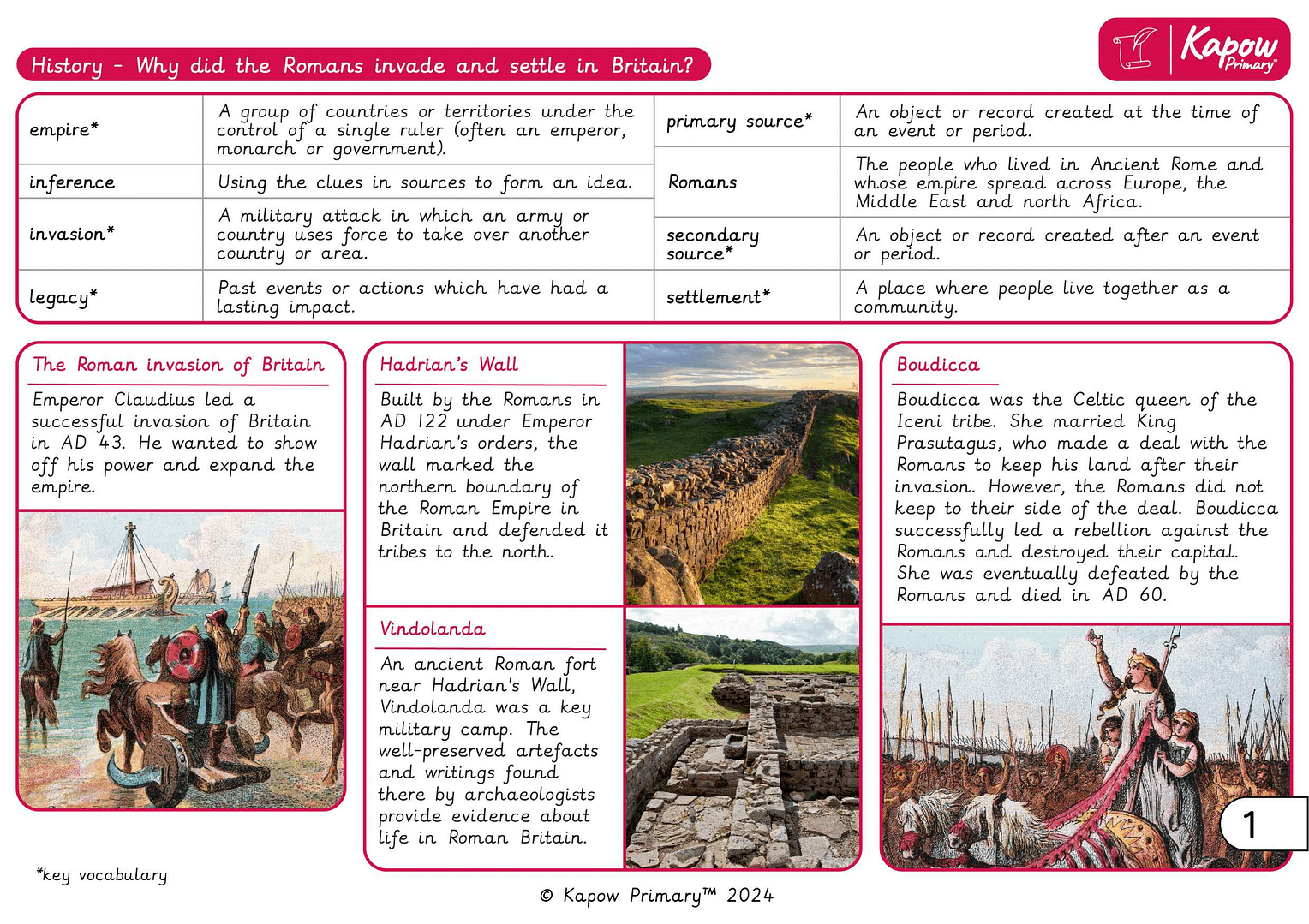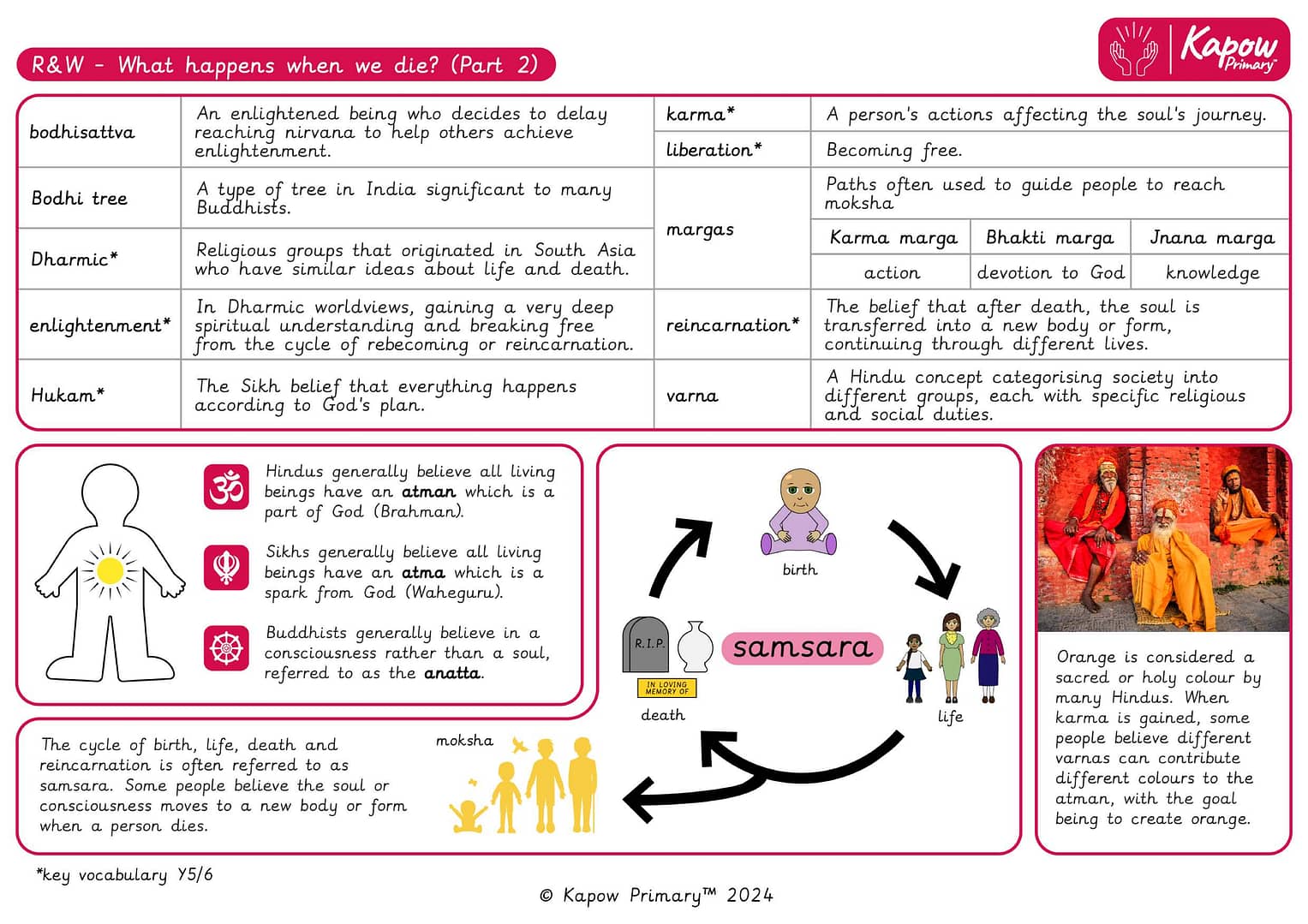
A Knowledge organiser that captures the essential knowledge and skills learnt throughout the mixed-age unit Religion and worldviews, Y5/6 (A), What happens when we die? (Part 2)
This Religion and worldviews resource is designed to support children as they explore beliefs about death in various religious and cultural practices. It highlights key vocabulary and concepts from Dharmic worldviews, including Hindu, Sikh and Buddhist. It is perfect for consolidating essential knowledge and fostering cross-cultural understanding.
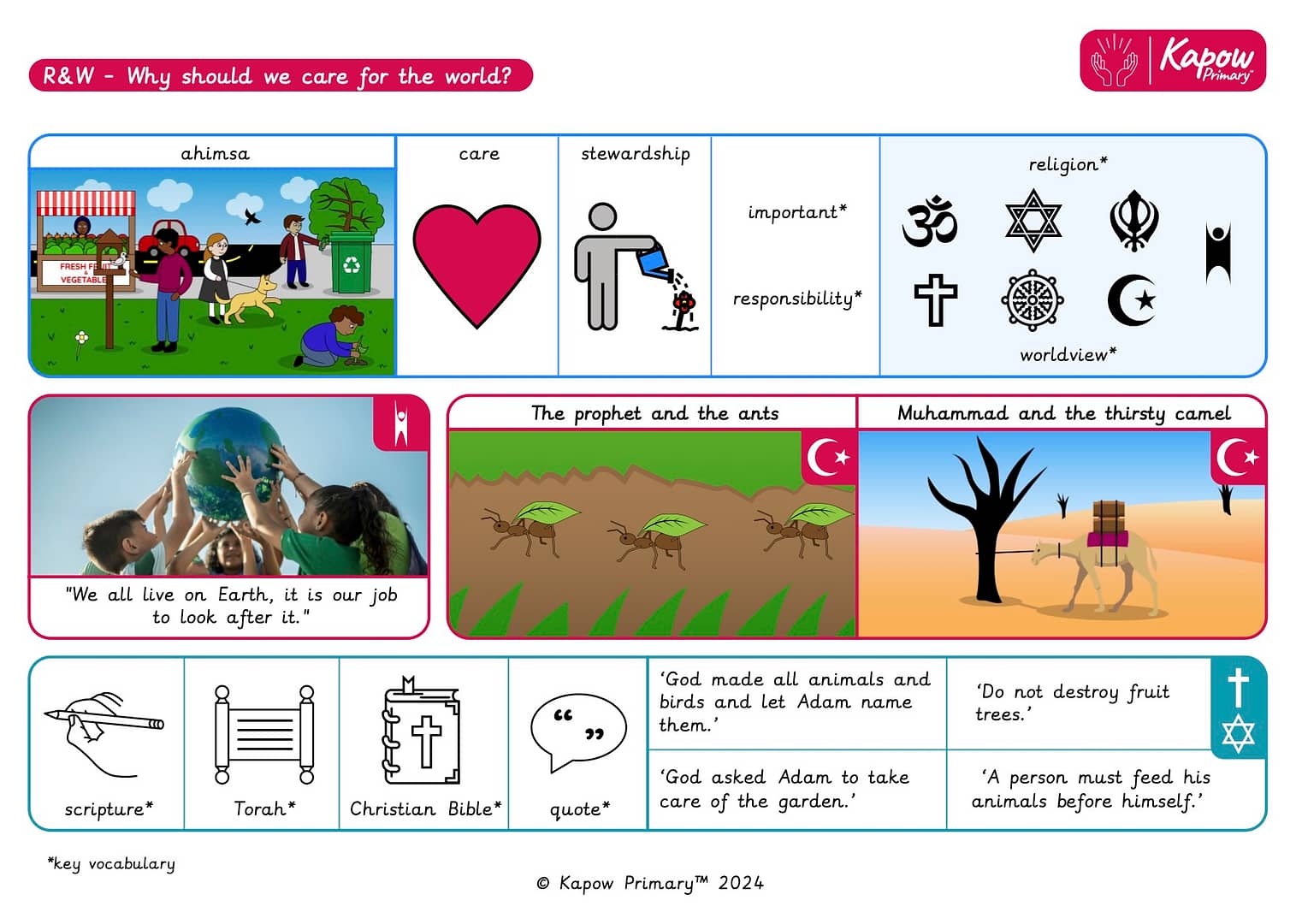
A Knowledge organiser that captures the essential knowledge and skills learnt throughout the mixed-age unit Religion and worldviews, Year 1/2 (A), Why should we care for the world?
This resource is designed to help pupils explore the importance of caring for the Earth through religious teachings and moral responsibilities. It introduces key concepts such as ahimsa, stewardship, and responsibility, with references to stories and quotes from religious texts including the Torah and the Christian Bible. Pupils learn about the symbolic role of humans as caretakers, inspired by teachings like Adam being asked to care for the garden, and Muhammad’s compassion towards animals. Through visual prompts and simplified scripture, this resource supports the development of moral reasoning and cross-religious understanding of environmental care.

A Knowledge organiser that captures the essential knowledge and skills learnt throughout the mixed-age unit Religion and worldviews, Year 5/6 (A), What happens when we die? (Part 1).
This resource is designed to support pupils in understanding diverse perspectives on death and the afterlife across different religious and non-religious worldviews. It introduces key concepts such as the soul, atonement, reconciliation, and beliefs about the afterlife in Christianity, Islam, Judaism and Humanism. Terms like Jannah, Olam Ha-Ba, Gehinnom, and purgatory are explained, alongside traditions such as Yom Kippur and Dia de los Muertos. The organiser explores how people honour the dead, seek forgiveness, and find comfort through rituals and beliefs, highlighting how views on death are shaped by culture, faith, and personal interpretation. It is ideal for promoting reflection and respectful dialogue about life, death, and legacy.
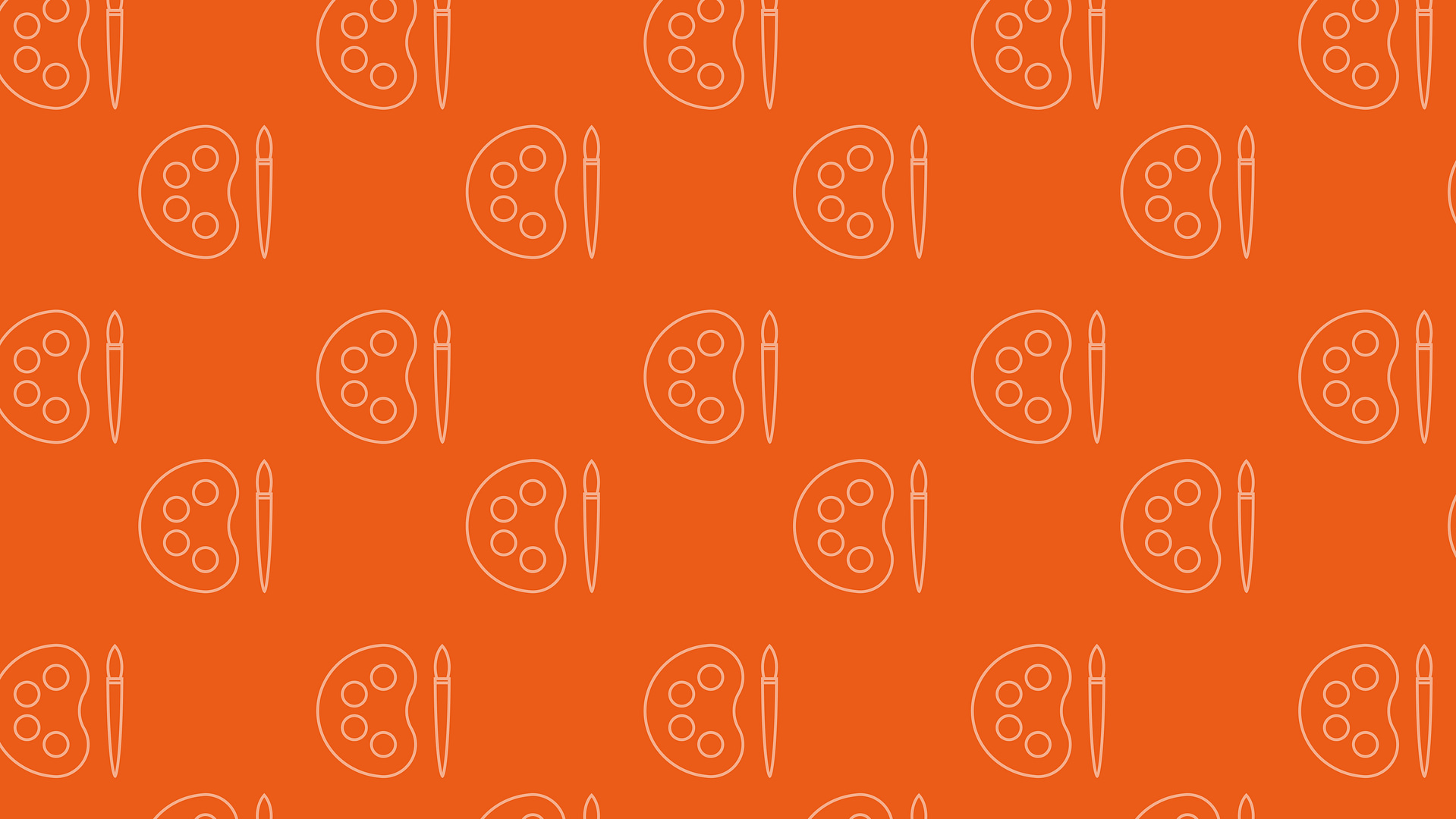
A Knowledge organiser that captures the essential knowledge and skills learnt throughout the unit Art and design, Year 6, Drawing: Expressing ideas through art.
This Knowledge organiser is designed to support Year 6 children as they develop their drawing skills and explore how artists express ideas through art. It introduces key techniques such as one-point perspective, scale and proportion to create depth and realism. The resource also explores different forms of artistic expression, including murals, street art and graffiti. It is perfect for consolidating essential knowledge, inspiring creativity and deepening children’s understanding of how drawing can communicate meaning and emotion.
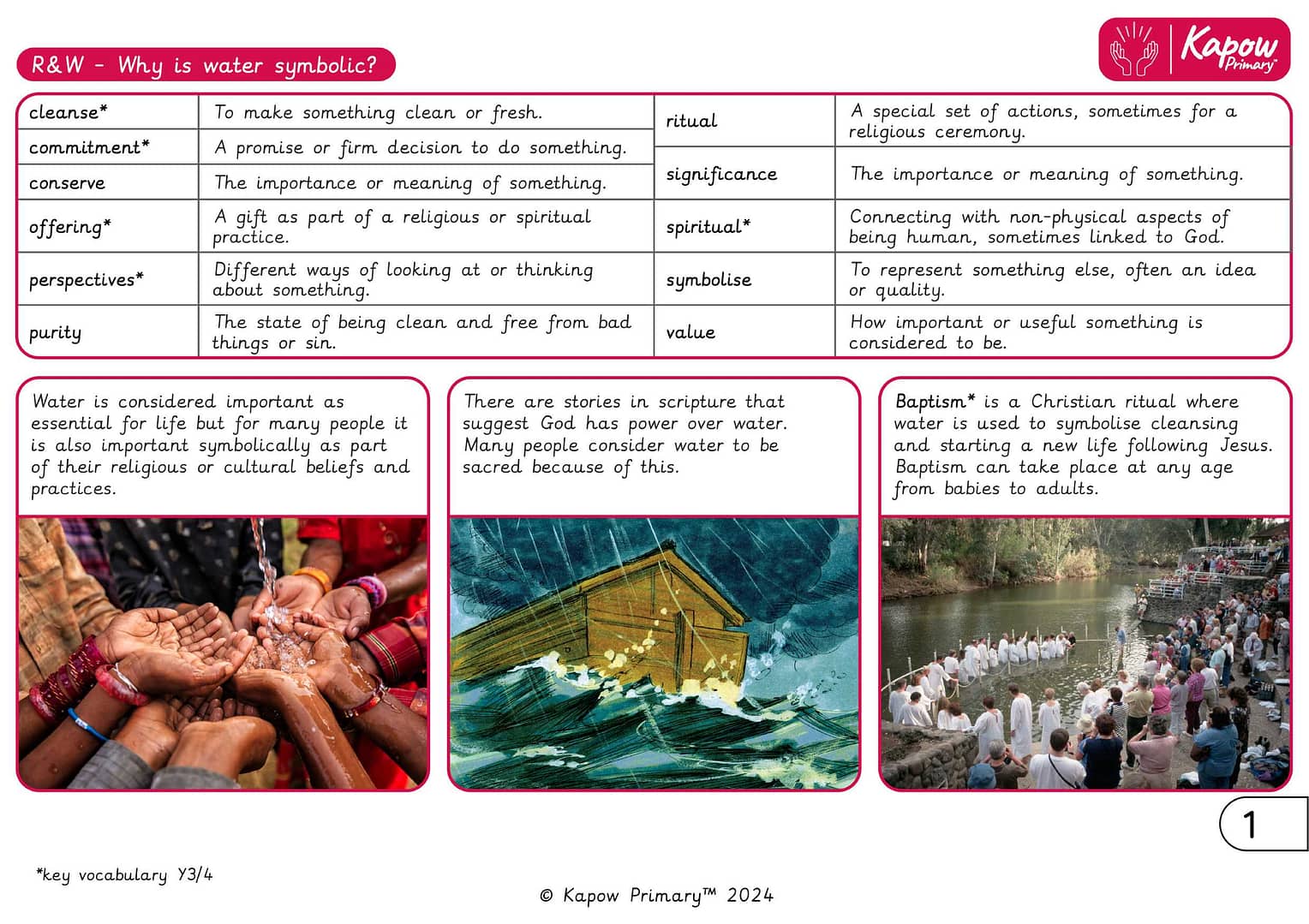
A Knowledge organiser that captures the essential knowledge and skills learnt throughout the mixed-age unit Religion and worldviews, Y3/4 (A), Why is water symbolic?.
This resource is designed to support children as they explore the symbolic significance of water in various religious and cultural practices. It highlights key vocabulary, rituals and beliefs, such as Christian baptism, Hindu sacred bathing and the spiritual importance of water in Buddhism and Shintoism. It is perfect for consolidating essential knowledge and fostering cross-cultural understanding




